Exploring Cattle Feeding Options This Winter
With first cuts reported to be down by around 30%, low carry over from last winter, and many producers having to use winter stocks over the summer drought period, many are now considering if they have enough forage for the winter ahead.
Here, Rumenco Commerical Nutritionist, Alison Bond offers guidance on best practice for the coming months and says it will be vital to manage what stocks we do have carefully and look at alternative forage options.
CALCULATE FORAGE STOCKS AND KNOW THEIR FEED VALUES
1. CALCULATE FORAGE STOCKS
Establishing the amount of forage, you do have is paramount to making decisions on what, if any, additional feedstuffs will be required over the winter. Stocks of either clamp or baled forages can be calculated as below:
- Clamp silage
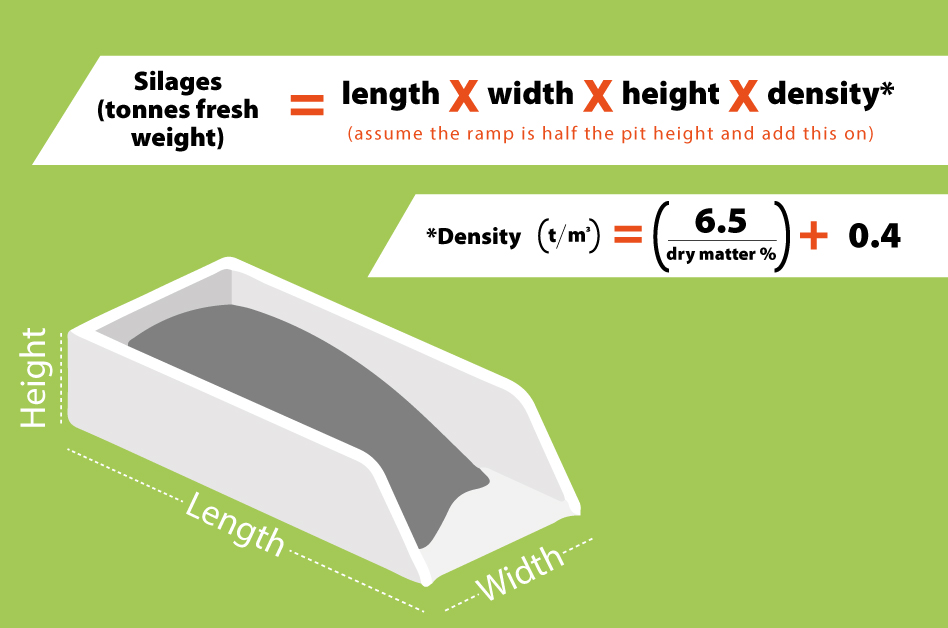
Silages (tonnes fresh weight) = length x width x height x density (assume the ramp is half the pit height and add this on)
Density (tonnes/m3) = (6.5/dry matter %) + 0.4
- Baled forages
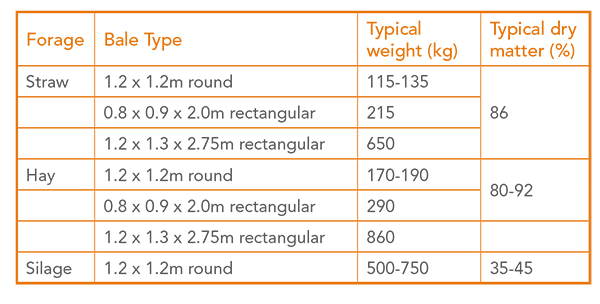
2. GET YOUR FORAGE ANALYSED
Whilst much consideration is given to the volume of forage, measuring its nutritional value, including dry matter (DM), energy (ME), protein (CP) and fibre (NDF), is just as important to allow planning the best use of other feeds and maximise the productivity of livestock. Furthermore, forages can be analysed relatively quickly and easily in the laboratory and many feed companies offer the service free of charge.
For guidance on how to interpret your forage analysis results, read our ‘Step by Step Guide to Understanding your Silage Analysis”.
FORAGE OPTIONS
- STRAW
Straw offers a viable option for many considering the need to fill a forage gap. With high dry matter and easy storage, it offers bulk and ease of handling.
The protein content of straw is consistently low (4-5% CP), meaning that additional protein must be supplied in the diet, especially rumen degradable protein (found abundantly in grass) when significant quantities (over 1.5kg/head/day) are offered in the diet.
Target straw-based diets to unproductive stock such as dry cows who have the lowest nutritional requirements within a herd, although they will still require additional protein, minerals and vitamins.
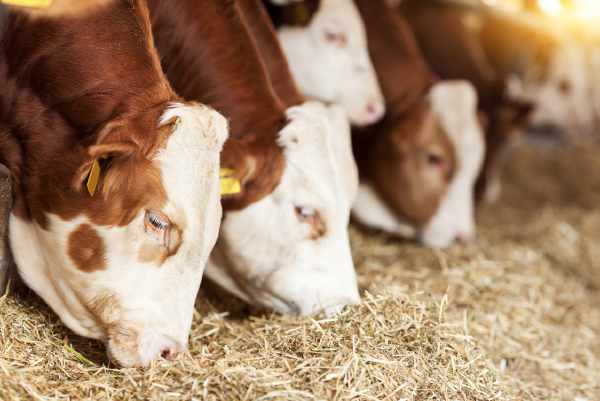
- FORAGE CROPS
Strategic use of brassicas, including kale, stubble turnips, forage rape and fodder beet, offer a cost-effective and valuable way of filling forage gaps having the potential to make up to 70% of an animal’s daily dry matter intake.
Forage crops contain good levels of energy and the leafy brassicas contain good levels of protein. Additional forage (straw, hay, baled silage) should always be offered alongside forage crops as they are inherently low in fibre so additional fibre is required to help maintain optimal rumen function. Brassica crops are also low in phosphorus, magnesium and all trace elements, especially copper, iodine and selenium meaning they require careful balancing with an appropriate mineral supplement.
Forage crops are especially suitable for beef cattle, dairy youngstock and dry cows (avoid feeding to dry cows in the final three weeks prior to calving due to the high calcium content) with suitable management and supplementation.
- MAIZE SILAGE
The consistently high energy, high levels of slowly degradable starch and good intake characteristics make maize silage an excellent forage for finishing cattle and for cows in early to mid-lactation.
Maize silage does have a relatively low protein content (8-9%), so requires additional supplementary protein in the diet to support utilisation and animal performance. Maize silage is also low in most minerals, especially calcium, phosphorus, magnesium, zinc and copper so appropriate supplementation is necessary.
- WHOLECROP CEREAL
The feed value of wholecrop cereals varies with the cereal type, stage at which it is harvested and the way it is preserved. Wheat will have higher fed value than barley, and barley than triticale or oat, whilst bi-cropped wholecrops will vary according to crops they are grown with.
Fermented wholecrops are typically lower in dry matter, starch content and crude protein (35-40%, 15-25% and 7-9% respectively) than urea-treated wholecrop (50-65% dry matter, 25-30% starch, 14-20% CP).
Ideal for finishing cattle and cows in early to mid-lactation and like maize silage, WCW also tends to lack essential minerals.
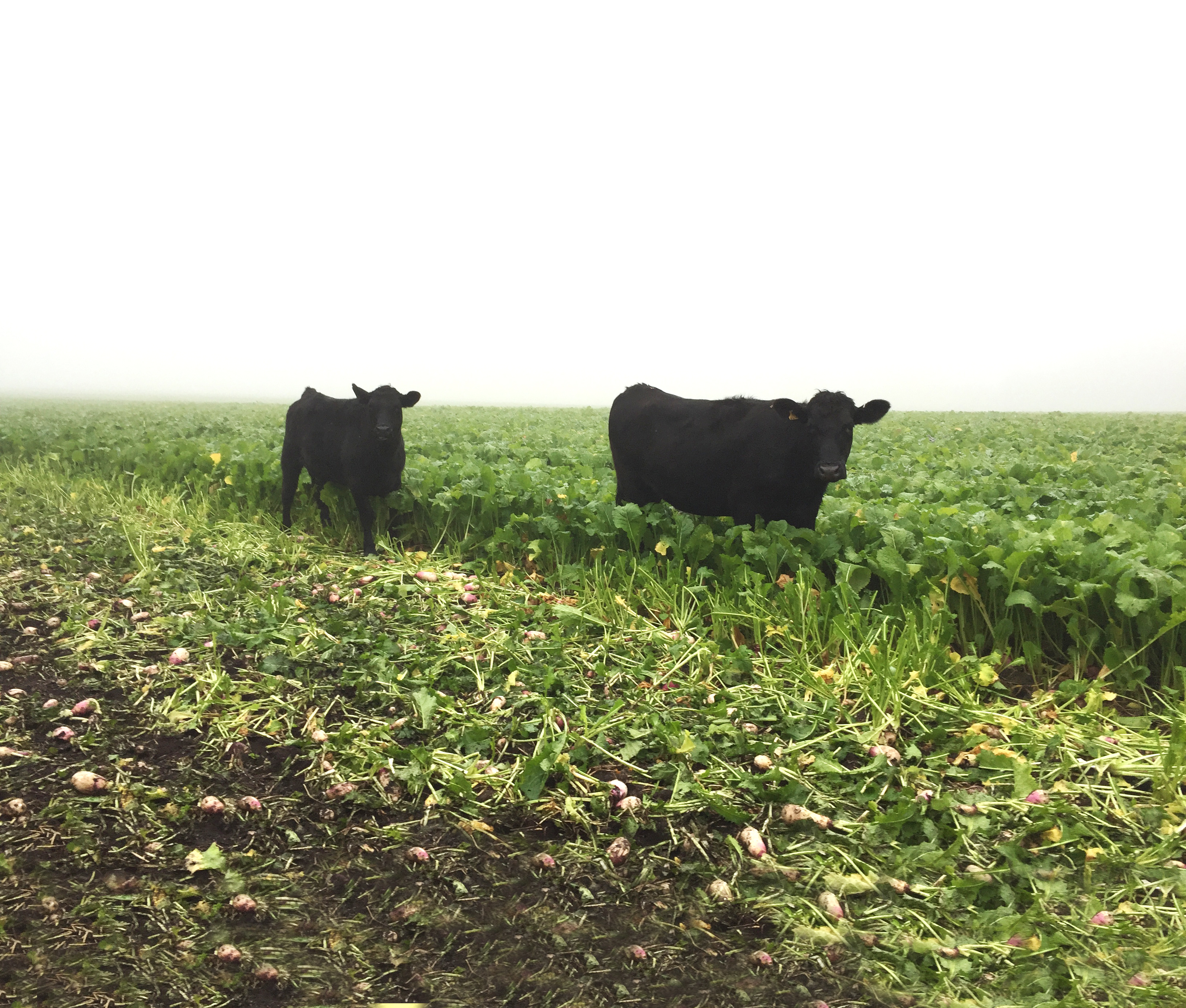
FURTHER ADVICE AND GUIDANCE
When looking to address potential forage shortages consider aiming to reduce demand for forages this winter to allow prioritisation of the forage you do have to the most important animals.
- GET GROWING AND FINISHING CATTLE AWAY QUICKER
Providing extra supplementation to growing and finishing cattle will not only reduce reliance on forages but it will also allow them to be finished quicker, freeing up grazing and forages for breeding cattle on the farm.
- SCAN/CULL BARREN COWS
Scanning can be done as early as 30 days after service through to 120 days. The cost of scanning is approximately £3 per cow, yet keeping an empty, unproductive cow is estimated to cost around £7 per day!
- DON’T FORGET MINERAL SUPPLEMENTATION
Minerals, vitamins and trace elements all help form a balanced diet for optimal cattle health and performance. Although levels vary between geographical regions, farms and even fields, trace elements; selenium, cobalt, iodine, zinc and copper, are regularly found deficient in forages requiring supplementation whether that be in a powder, bucket or block format.
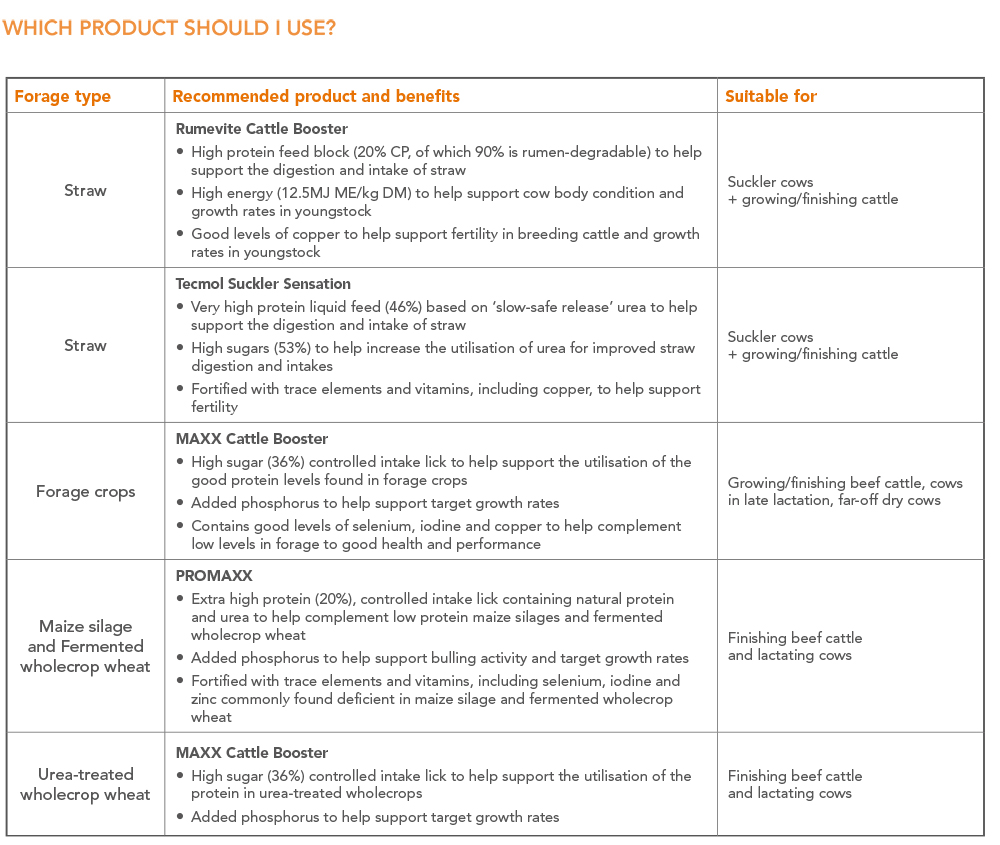
For further information or to find a local stockist visit our contact us page.